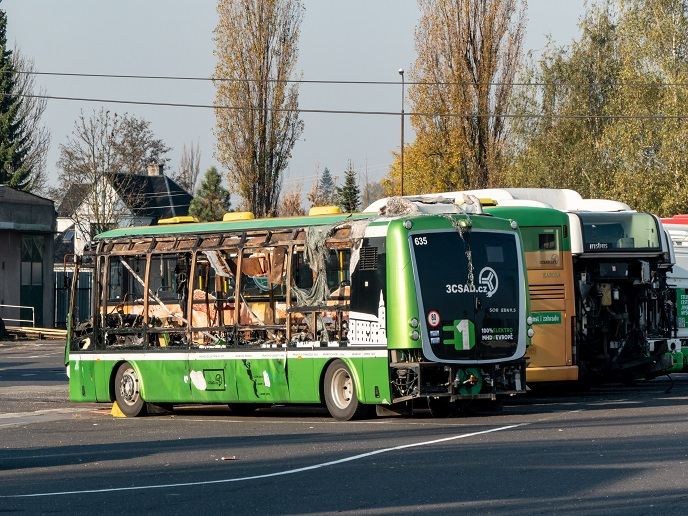Pioneering system to greatly reduce risk of fire in electric buses
Fire suppression systems for buses have been on the market for decades and are widely used and regulated. However, these systems are tested to be effective on vehicles with combustion engines, and all test standards are designed with this in mind. The growth of the electric bus industry has accelerated the demand for new fire suppression technologies. “With the rapid introduction of electric and hybrid electric vehicles in public transport, there are new challenges because they present totally different risk scenarios,” says Anders Gulliksson, coordinator of the EU-funded LiionFire project. “When the commonly used Li-ion batteries fail, they present quite a dramatic fire scenario with a rapid increase in heat and potentially toxic gases.”
Comprehensive solution for fire mitigation
Project partners explored different techniques to detect potential battery failure as early as possible and take immediate action to stop or delay a potentially hazardous situation. They studied fire risks related to battery spaces, including specific risks when charging and procedures for handling electric vehicles and batteries after a crash. They also investigated to what extent fixed and integrated fire suppression systems that are widely used to protect engine compartments on heavy vehicles can be applied to vehicles powered by Li-ion batteries and how they should be designed. Through extensive testing, the LiionFire team better understood how a breakdown occurs within the battery and how it can be detected. “If a system is activated at this early stage, the battery can be ‘brought back’ to a safe state without the fire developing further,” explains Gulliksson. “The tests have also shown that even with a late deployment of the extinguisher system, there’s a possibility of delaying the battery from reaching a critical state, meaning that the chance of safe evacuation is very high.” With proper detection and system activation, the hazardous scenario can be reversed and stopped entirely.
Integrated solution for early fire detection, system cooling and fire suppression
The project team successfully validated and demonstrated a highly innovative fire protection system for electric and hybrid electric vehicles. It provides an early fire warning system, and spot cooling to prevent thermal runaway while localising and suppressing fires. The system was officially unveiled at Busworld 2019 in Brussels, the oldest and biggest bus and coach exhibition in the world. It received the Innovation Label, an award given to innovative products and services by the exhibition’s expert panel. The system has generated tremendous interest from both end users and vehicle manufacturers. “LiionFire delivers to the market a product that didn’t exist until now: a system that can offer real protection against battery fires,” concludes Gulliksson. “It will significantly boost the safety of passengers who use public transport, or at the very least slow fire to allow safe evacuation.”







